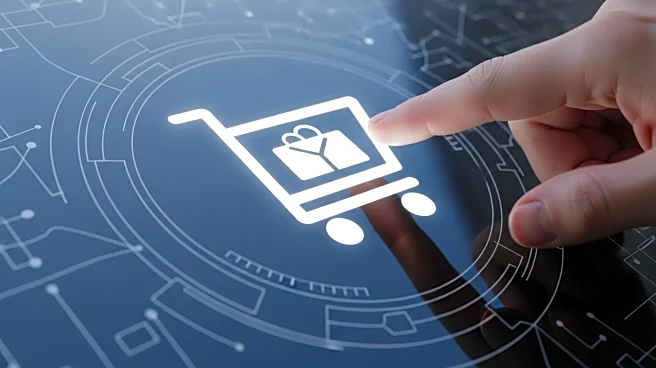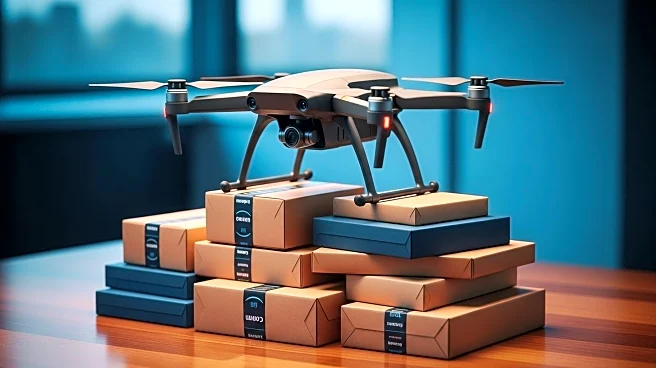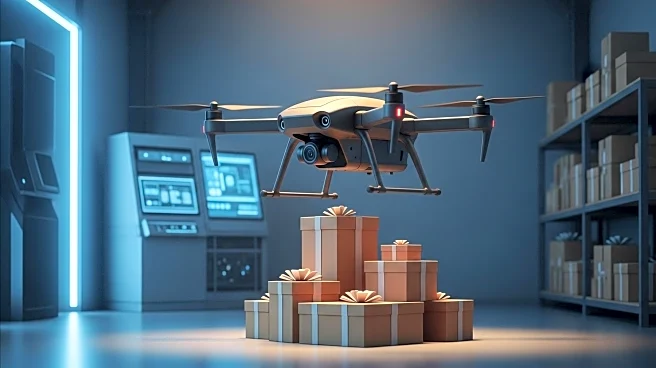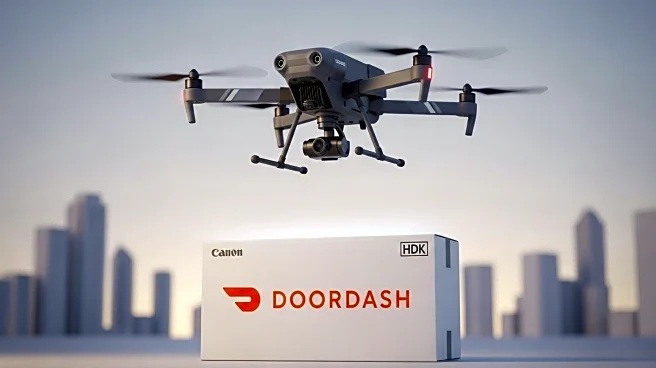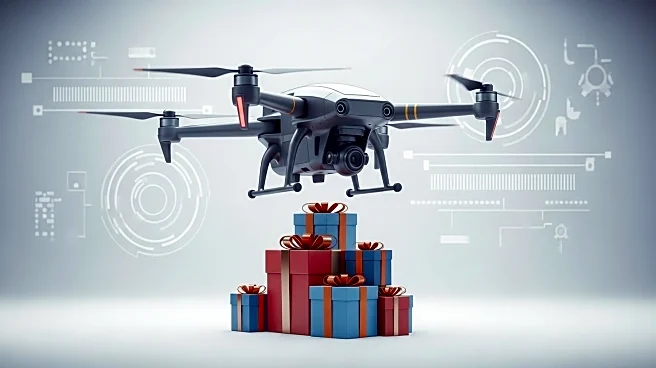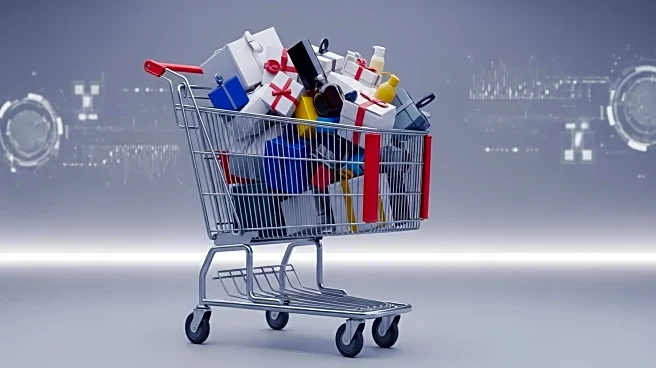What's Happening?
Amazon has launched a new feature called 'Add to Delivery' that allows U.S. Prime members to add items to their upcoming deliveries without initiating a new order. This feature is designed to enhance shopping flexibility by enabling users to include last-minute items such as pantry staples, pet toys, electronics, clothes, and books to their next scheduled delivery. The 'Add to Delivery' option is available on the Amazon Shopping app and Amazon.com, where eligible items display a bright blue button for easy addition. This development follows Amazon's previous initiatives like Amazon Day and No-Rush Shipping, aimed at optimizing delivery schedules and offering incentives for slower shipping.
Why It's Important?
The introduction of 'Add to Delivery' is significant as it reflects Amazon's ongoing efforts to streamline the shopping experience and improve customer satisfaction. By allowing users to add items to existing orders, Amazon enhances convenience and potentially increases sales by encouraging additional purchases. This feature could also strengthen Amazon's competitive edge in the e-commerce sector, as it leverages its logistics capabilities to offer faster and more flexible delivery options. The move may impact other retailers, prompting them to innovate their delivery services to match Amazon's efficiency.
What's Next?
Amazon's 'Add to Delivery' feature is expected to influence consumer behavior by promoting more frequent and spontaneous purchases. As the feature is currently exclusive to U.S. Prime members, it may drive more customers to subscribe to Prime for access to enhanced delivery options. Other retailers might respond by developing similar features to retain their customer base. Additionally, Amazon may expand this feature to other regions or introduce further enhancements to its delivery services.
Beyond the Headlines
The 'Add to Delivery' feature could have broader implications for the e-commerce industry, potentially setting new standards for delivery flexibility and customer service. It may also raise questions about the environmental impact of increased delivery frequency and the sustainability of Amazon's logistics operations. As consumers become accustomed to faster and more convenient delivery options, the demand for efficient supply chain solutions may grow, influencing industry practices and technological advancements.


